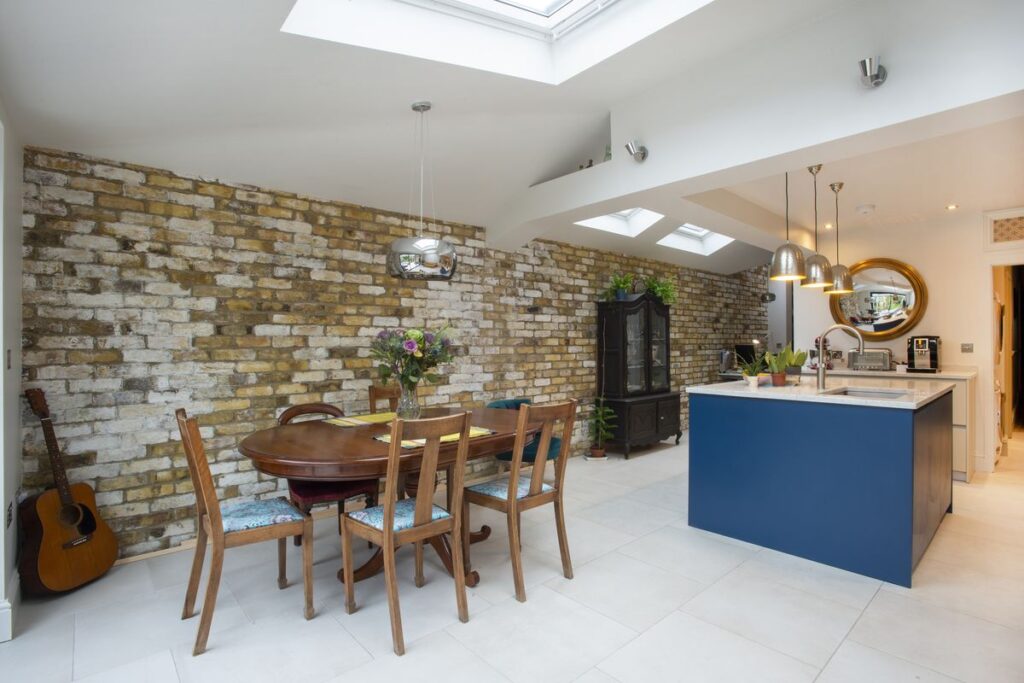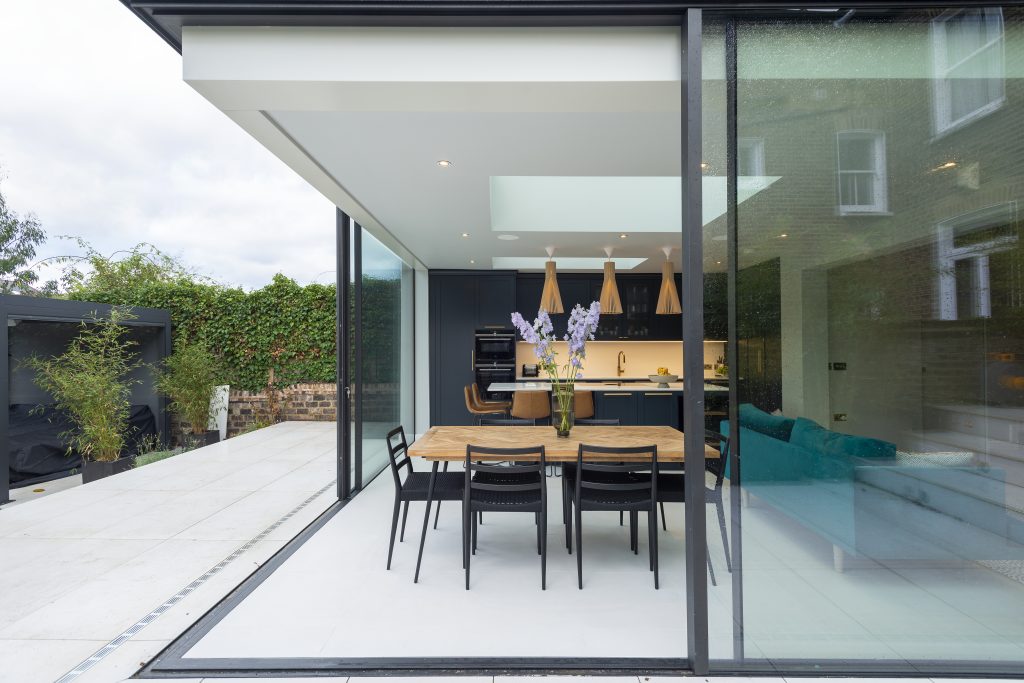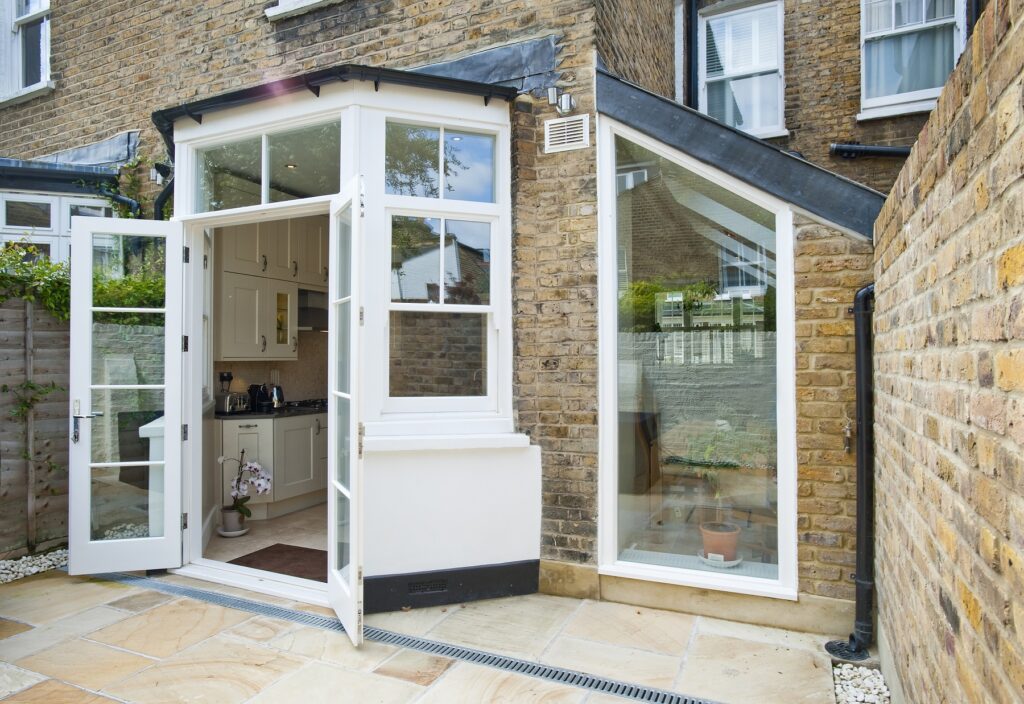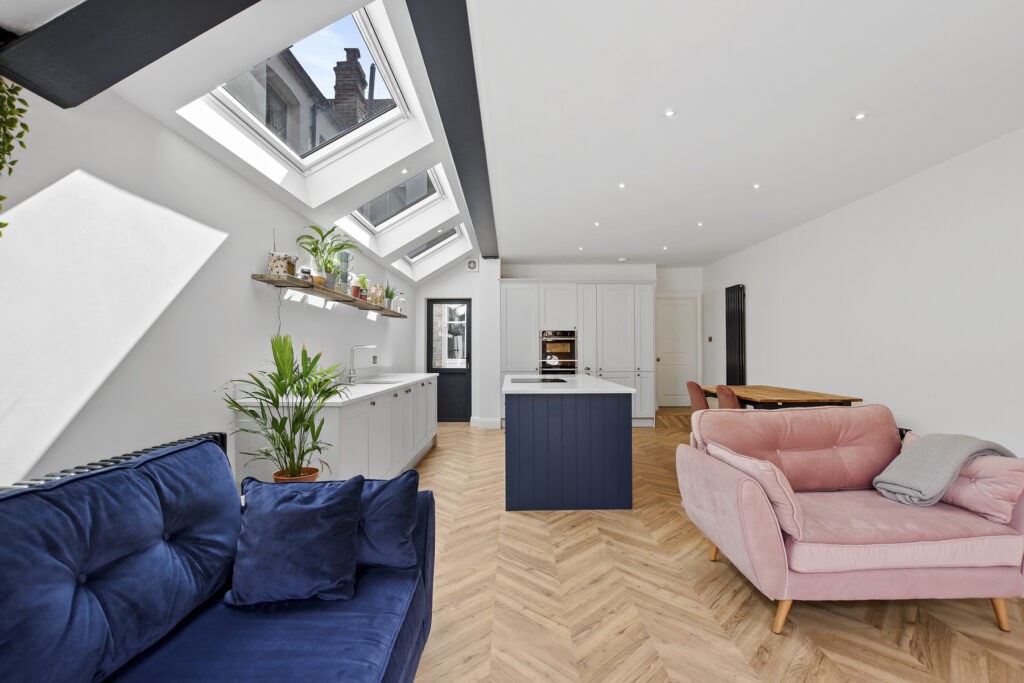Every homeowner envisions improvements to their home that cater to their specific needs. However, the individual vision must be in keeping with the community. This is where planning permission acts as the crucial intermediary ensuring individual aspirations are achieved within sustainable and community-oriented development.
Every neighbourhood possesses a unique character, shaped by its architecture, green spaces, and overall ambience. Planning permission safeguards this distinct identity by evaluating proposed developments’ design and aesthetics, ensuring they enhance rather than disrupt the area’s character. This protective aspect is particularly significant in preserving historic and conservation areas.
Before embarking on the journey of extending your home and bringing your vision to life, you must first obtain planning permission from your local planning authority. While this step is essential to ensure the legality and safety of your extension, it can be a complex process laden with potential pitfalls.
In this article, we’ll shed light on its significance and intricacies. We’ll also explore the most common reasons why planning permission for extensions is refused and highlight the factors that can sway the decision of your local planning authority. Even if planning permission is refused despite your best efforts, we’re here to guide you on what to do next.

Navigating the Path to Planning Permission
Imagine the excitement of extending your home, adding space to accommodate your growing family, or realising that dream kitchen you’ve always envisioned. A home extension holds the promise of transforming your living environment. Still, before the construction begins, a pivotal step must be taken – obtaining planning permission from your local planning authority.
Planning permission is the official consent the local planning authority requires before commencing most building projects, especially significant alterations like home extensions. It’s a legal prerequisite that ensures your proposed development complies with local planning policies, adheres to building regulations, and safeguards the integrity of the surrounding community.
It is paramount to understand the significance of planning permission and its implications for your home extension. Each case is unique, and the local planning authority meticulously assesses various factors before granting approval.
Collaborating with an experienced architect, you can design an extension that aligns with local planning policy and preserves your area’s character. With their expert guidance, you’ll be able to address critical factors such as privacy and light concerns while tackling the challenges posed by parking and traffic.

The Importance of Planning Permission
Responsible development entails minimising the ecological footprint of new constructions and alterations. Through planning permission, the local planning authority assesses the environmental impact of proposed projects, scrutinising issues such as drainage, flood risk, and habitat preservation. This fosters environmentally conscious development and upholds the broader goals of sustainability.
As urban areas evolve and grow, the demand for infrastructure – such as transportation, utilities, and public services – intensifies. Planning permission provides a mechanism to evaluate the potential impact of new developments on local infrastructure, ensuring that resources can adequately accommodate the increased demands.
Safety is a paramount concern when it comes to any construction project. The planning permission requires adherence to building regulations that guarantee new constructions’ structural integrity and safety. This prioritisation of safety safeguards both the inhabitants of the property and neighbouring properties.
Urban areas frequently grapple with traffic congestion and parking challenges. Planning permission considers the impact of new developments on traffic flow and parking availability, aiming to strike a balance that minimises disruption while accommodating the needs of residents and visitors.
Planning permission fosters community involvement and consultation. Property owners seeking planning permission must engage in a dialogue with the local planning authority and often with residents who may be affected by the development. This inclusive approach promotes transparency, accountability, and a sense of collective ownership over the neighbourhood’s evolution.
Historic buildings and listed properties embody cultural significance and heritage. Planning permission is pivotal in ensuring any proposed development near these protected structures aligns with conservation principles.

How to Prevent Planning Permission Being Refused
Proactive planning and collaboration with an architect can significantly increase your chances of obtaining planning permission. Research and understand the local planning policy and guidelines to ensure your proposed extension meets the requirements. Engaging with local planning authorities early in the design process for their input can be beneficial.
Choose design elements and materials that respect and enhance the surrounding area’s character. An architect can guide you in creating a harmonious extension that complements the neighbourhood. An architect will help design your extension with privacy and natural light in mind, ensuring minimal impact on neighbouring properties.
Address parking and traffic flow concerns early to mitigate potential issues. Provide adequate parking and consider traffic impact to enhance the chances of obtaining planning permission. If you’re within a conservation area, work with an architect to ensure your extension respects heritage values.

If Planning Permission is Refused
Don’t be disheartened if your planning permission is refused. Review the reasons for refusal and consider modifying your design proposal to address the concerns raised. Working with an architect can be invaluable. They can help navigate the planning application process and assist with potential appeals.
In conclusion, obtaining planning permission for your home extension is a vital step in the construction process. By collaborating with an architect, and addressing potential issues early, you can increase the likelihood of a successful application. Each case is unique and the key is to approach planning with knowledge and determination to create a compliant extension.


















